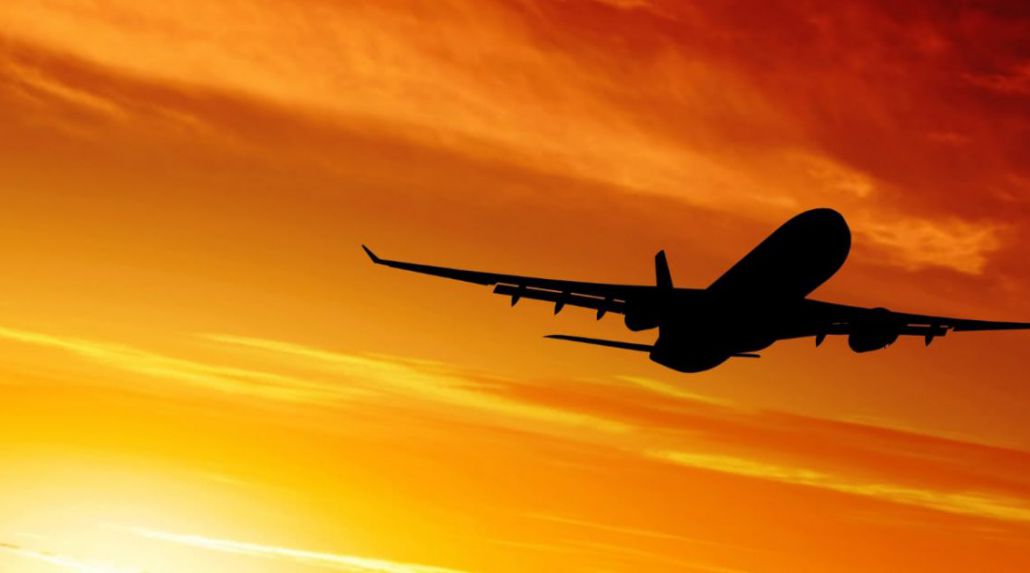

Air Travel Is Still the Safest Mode of Transport – Here’s Why
Introduction: Why People Are Concerned
In recent months, the aviation world has made headlines for all the wrong reasons—be it an emergency landing, technical glitch, or a hijack threat. These incidents, though rare, raise eyebrows and spark fear among travelers. After all, flying thousands of feet above ground in a metal tube can seem intimidating when you don’t have control.
However, it's important to understand this: just because something gets media attention doesn’t make it common or unsafe. In fact, statistically and technologically, air travel remains the safest and most secure way to move across countries and continents.
Let’s explore the reasons why flying is still your best bet when it comes to safety.
1. Air Travel Is Backed by Data, Not Fear
When you take a flight, you're actually choosing the least risky mode of travel.
Here's why:
Only 1 in 1.2 million flights ends in an accident (IATA 2023).
The odds of dying in a plane crash are 1 in 11 million.
Road accidents kill over 1.3 million people annually, far more than aviation incidents.
Trains and buses have higher accident rates due to road conditions, human error, and lack of regulations.
Conclusion: Statistically, air travel is far safer than driving or even walking on the road.
2. Strict Regulations and Global Oversight
Airlines don’t just operate on hope—they’re governed by some of the world’s most rigorous safety regulations.
What makes aviation rules so effective?
Supervision by global bodies like ICAO (International Civil Aviation Organization) and IATA.
Mandatory inspections of aircraft before and after every flight.
Certified training and simulation drills for pilots and cabin crew every few months.
Black box recordings analyzed after every major incident to improve future safety.
Conclusion: The aviation industry leaves no room for guesswork.
3. Technologically Advanced Aircraft Systems
Modern aircraft are flying computers, equipped with the most advanced technology for detecting and avoiding danger.
Some safety tech you might not even know about:
Redundant systems – backup engines, batteries, navigation systems.
Autopilot and auto-landing features for poor weather or pilot distress.
Lightning and turbulence resistance in the aircraft structure.
Real-time GPS tracking of flight paths by air traffic control.
Conclusion: Even if a technical issue arises mid-air, aircraft are built to survive and adapt.
4. Crew Training: Safety Is Not Just in the Cockpit
Think the pilot is the only one trained to handle emergencies? Think again.
Your cabin crew is actually trained to handle everything from fires to childbirth.
Here’s what they’re prepared for:
Emergency evacuations within 90 seconds.
Hijack response protocols and coordination with airport security.
Medical emergencies: CPR, first-aid, and AED usage.
Passenger behavior management in panic situations.
Conclusion: You are surrounded by trained professionals at 35,000 feet.
5. Learning from Every Incident – No Mistake Wasted
One of the strongest pillars of aviation safety is its ability to learn and evolve.
Whenever there is a mishap, no matter how minor, it leads to a full investigation and review process.
What happens after an incident?
National agencies like NTSB or DGCA conduct thorough reviews.
Safety recommendations are issued and adopted worldwide.
Aircraft designs, flight procedures, and crew training are updated accordingly.
Conclusion: The aviation sector grows smarter with every event, unlike many industries that repeat mistakes.
6. Global Cooperation and Real-Time Monitoring
The skies are not managed by a single country—they’re monitored collaboratively.
Here’s how global efforts keep passengers safe:
International databases track weather, safety concerns, and threats.
24/7 monitoring of all flights via satellite and radar.
Coordination between airlines, airports, governments, and security agencies.
Immediate alerts for terrorist threats or natural disasters affecting flight paths.
Conclusion: You're never flying alone—there’s a global system watching and guiding every flight.
Why Do People Still Feel Scared?
It’s normal to feel uneasy—after all, you’re not in control during a flight. But that doesn’t mean it’s unsafe.
Why fear persists:
Plane crashes make global headlines due to their dramatic nature.
Car crashes happen daily but don’t make the news.
Fear of heights, turbulence, or past experiences affects confidence.
The rarity of aviation incidents makes them feel more shocking when they do happen.
Conclusion: The fear is emotional, not factual.
Final Words: Should You Still Choose Air Travel?
Yes—without a doubt. Despite what a few scary headlines might suggest, air travel continues to be the most efficient, secure, and safest way to travel across long distances.
Every single element of aviation—people, machines, policies, and procedures—is designed with your safety as the top priority.
So next time you fly, take a deep breath, fasten your seatbelt, and relax. You're in one of the safest vehicles ever created by mankind.
Fly Smart. Fly Safe. Trust the Skies.
